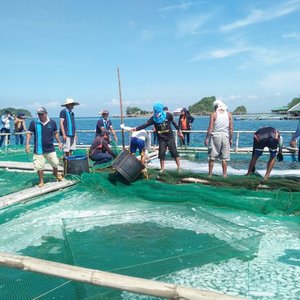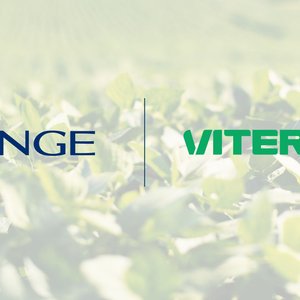The U.S. soy industry has been replacing marine ingredients for more than 30 years in aquafeeds through the USSEC’s Southeast Asia aquaculture program. Given the public statement that high levels of soy inclusion in shrimp feeds were the cause of White Feces Syndrome, USSEC stated that that was not the experience of the industry in other areas or indicated in studies of high soy inclusion done by the U.S. soy industry. “Because USSEC works very closely with the aquaculture industry in Southeast Asia, it is important to address any misperception that soy is a cause of disease or negative performance. All indicators are that White Feces Disease is caused by a pathogen, not soy,” USSEC said.
USSEC teamed up with local partners Kasetsart University, TFR Feedmill and DSM to address feed mills’ concerns, scheduling a visit to Kasetsart University’s research facilities in Bangkok on August 27 for TFR and DSM’s researchers and nutritionists to inspect the progress of the soy-in-shrimp trial that USSEC is conducting with local partners to push back against this negative soy messaging. Prior research demonstrates there should not be any issue at these levels of soy inclusion in shrimp feeds, and USSEC provided this confirmation to local feed mills for their own knowledge and to inform their customers as well.
“We know that soy can be safely used at high inclusion rates, particularly with Pacific white shrimp and expect to confirm that again in this local market,” said USSEC senior technical consultant, Aquaculture – Southeast Asia and Thailand, Lukas Manomaitis. “More competitive aquaculture markets and producers will seek ways to improve efficiency and profitability. Better quality feeds with better performance will require ingredients such as U.S. soy products,” Manomaitis concluded.













